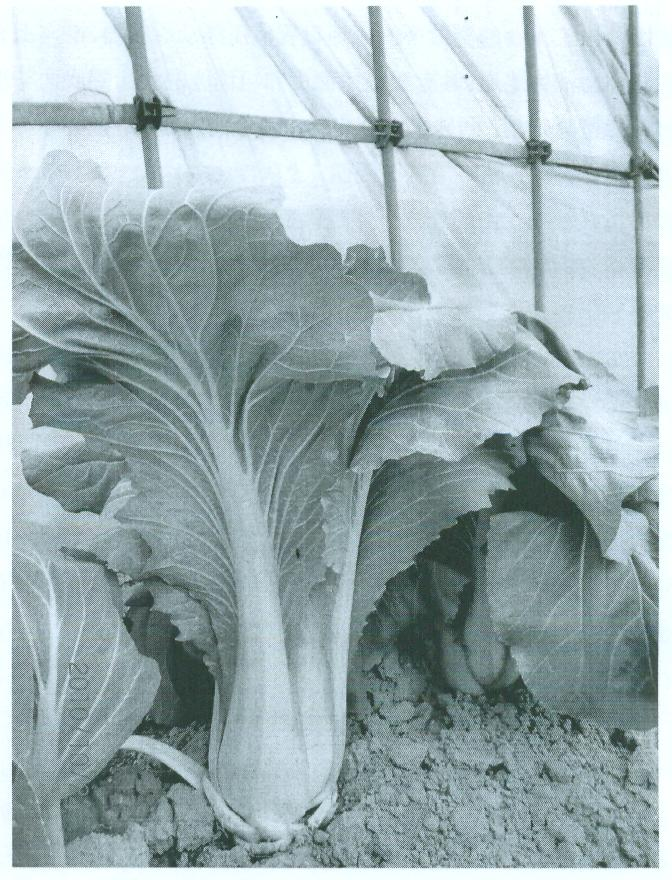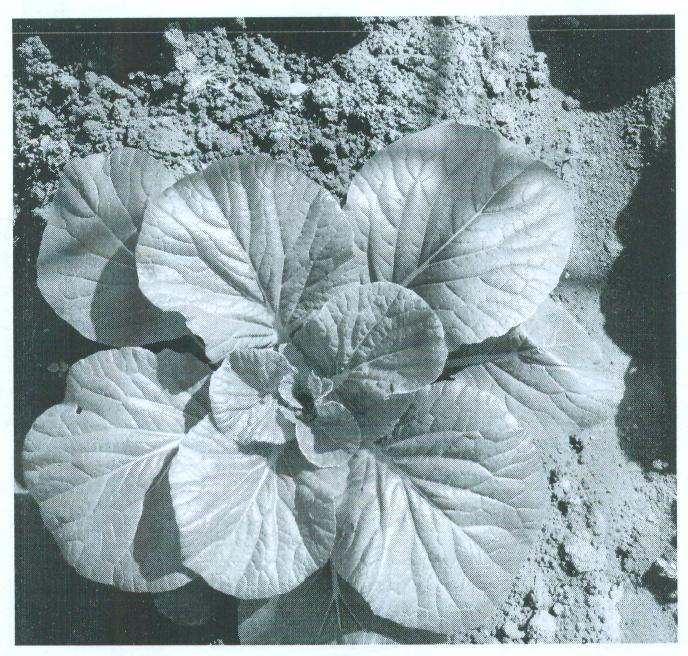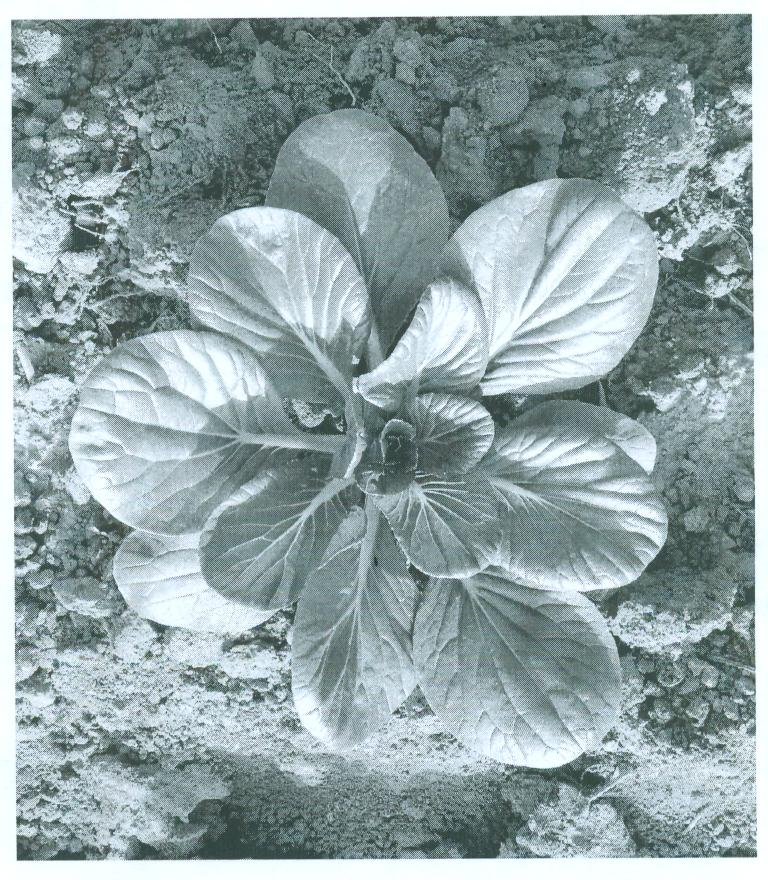Method and application method for obtaining novel germ plasm of brassica A genome vegetable
A technology of Brassica and genome, applied in the field of biotechnology and haploid breeding, breeding, can solve problems that are difficult to meet, have large differences, time-consuming, etc., and achieve the effect of increasing probability, short cycle and high efficiency
- Summary
- Abstract
- Description
- Claims
- Application Information
AI Technical Summary
Problems solved by technology
Method used
Image
Examples
Embodiment Construction
[0023] The method provided by the present invention for obtaining new vegetable germplasm of the Brassica genus A genome and applying it to breeding includes: the hybridization process of 'subspecies of Chinese cabbage x subspecies of pakchoi', 'variety of subspecies of pakchoi x variety', free microspores During the cultivation process, the ploidy identification of regenerated plants obtained from microspore culture, the morphological identification and nutritional index identification process of the offspring of planted regenerated plants in the process of saving seeds for double haploid and hyperploid, and the process of preparing hybrid combinations.
[0024] The specific method steps are as follows:
[0025] A. Brassica 'Chinese cabbage subspecies×Pakchoi subspecies' or 'Pakchoi subspecies subspecies×variety' hybridization process: According to the breeding goal, determine the parents, hybridize at the flowering stage, and obtain F 1 Seeds, planted F 1 , selfing to obtai...
PUM
 Login to View More
Login to View More Abstract
Description
Claims
Application Information
 Login to View More
Login to View More - R&D
- Intellectual Property
- Life Sciences
- Materials
- Tech Scout
- Unparalleled Data Quality
- Higher Quality Content
- 60% Fewer Hallucinations
Browse by: Latest US Patents, China's latest patents, Technical Efficacy Thesaurus, Application Domain, Technology Topic, Popular Technical Reports.
© 2025 PatSnap. All rights reserved.Legal|Privacy policy|Modern Slavery Act Transparency Statement|Sitemap|About US| Contact US: help@patsnap.com



